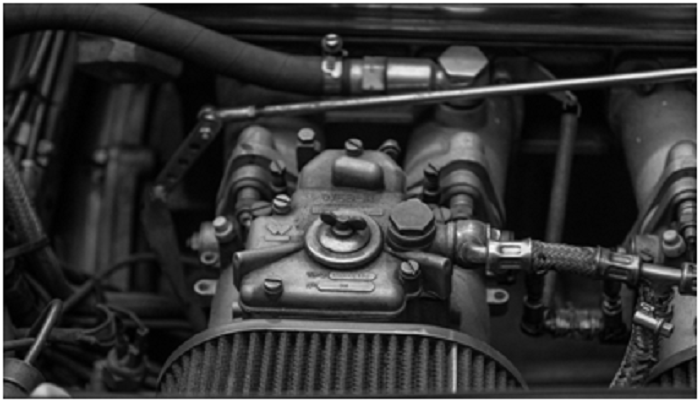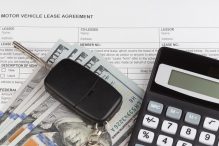Leasing a car can be a complicated situation for those who are unaware of the basics of vehicle leasing. That’s why it’s important to know the fundamentals before you sign any such agreement. It’s a much different situation than buying the vehicle outright.
This handy guide should be able to walk you through the leasing process effectively.
Why Consumers Choose to Lease
The decision to lease is made knowing that the consumer will never be paying the full purchase price of the car. Instead, the car will be returned to the dealership at the end of the lease term, which can be as short as 24 months to as many as 60. Although the typical vehicle lease runs between 36 and 48 months.
Longer lease terms are not as popular with dealerships because the monthly payments you make aren’t going towards the purchase price of the automobile as much as the depreciation on it. After the term is up, the car goes back to the dealership or you have the choice of buying the car for the remaining value left on it.
By comparison, leasing a vehicle does not require a significant sum of money as a down payment and the trade-in value could be lower. You don’t ever own the vehicle during the extent of your lease under the terms of your agreement.
Payments
In most cases, and usually dependent upon the condition of your credit score, most lease agreements require some amount of money as a down payment. In addition, you are usually expected to pay a first month payment, a refundable security deposit, and any applicable taxes and fees.
As for monthly payments, those are going towards the depreciation of the car during the extent of the lease, along with interest, fees, and taxes.
Mileage
Most lease agreements will come with language that restricts the annual amount of miles that may be accumulated on the car. This limit can vary from around 10,000 to 15,000 miles based on the agreement of the lease. If you go over the mileage limit for each year of the lease term, then you could face penalties that charge you for each mile you drive past the mileage limit in your lease.
Leasing vs. a Car Loan
When you lease you have the option of purchasing the vehicle for the amount left on the price or turning the car into the dealership. With a car loan, you are committed to reimbursing the loan in full or you could end up in default. If that occurs, the car might be taken by the bank or lender as a way to repay the loan.

Wear and Tear
Every vehicle is going to see some level of wear and tear and normal levels of such won’t put you at risk of penalty. But excessive levels of wear and tear, including body damage or any mechanical issues under the hood, could be covered with your security deposit. In order to get your deposit refunded, be sure to maintain the vehicle with routine oil changes and repair any damage prior to returning the vehicle.



